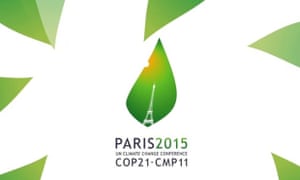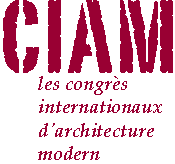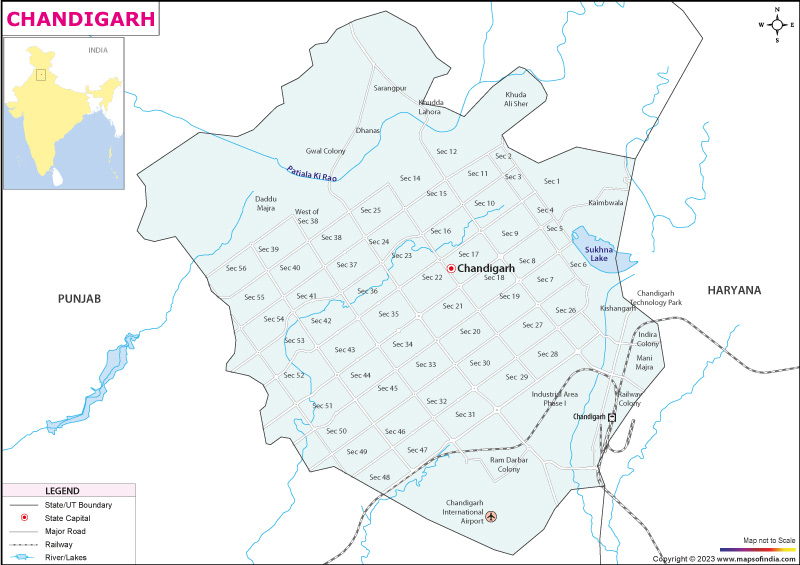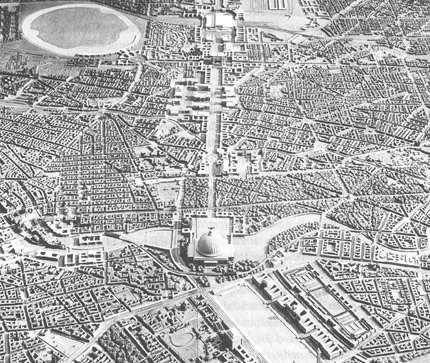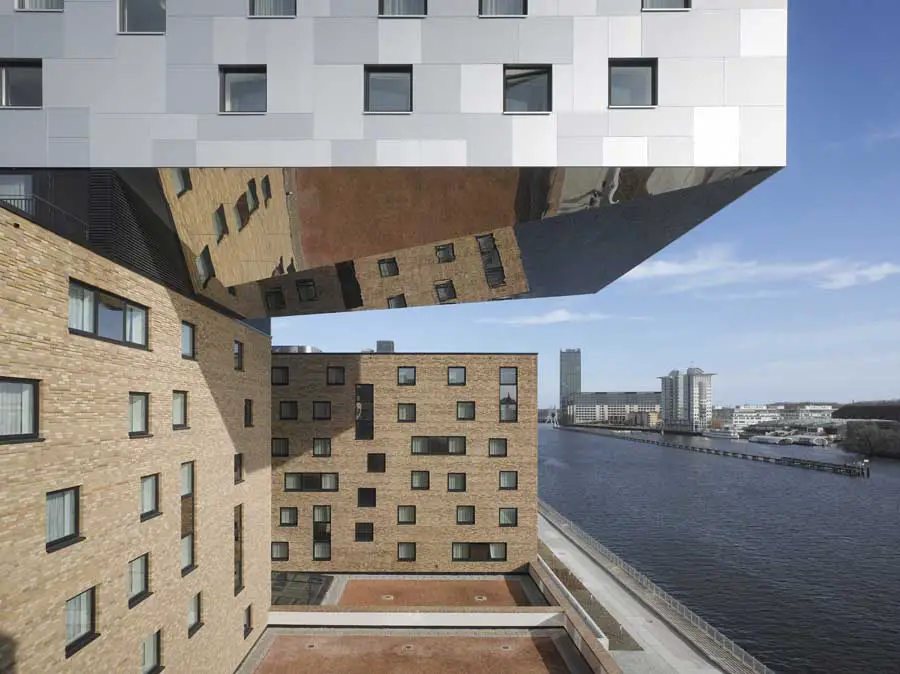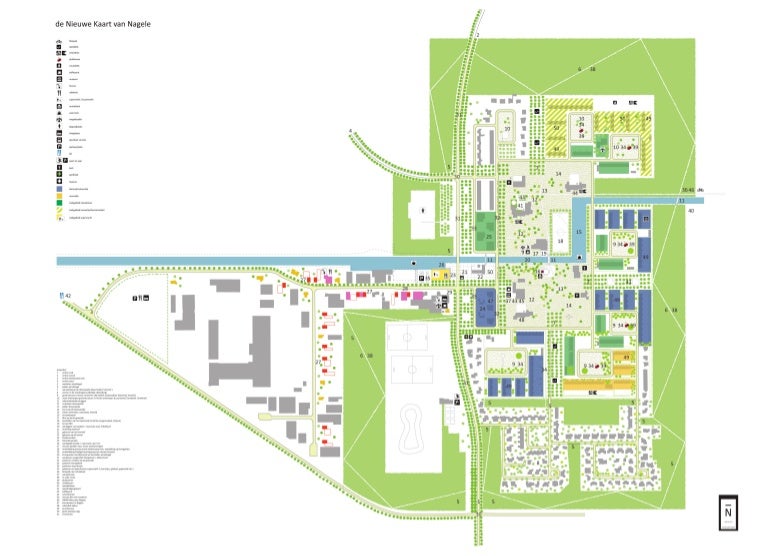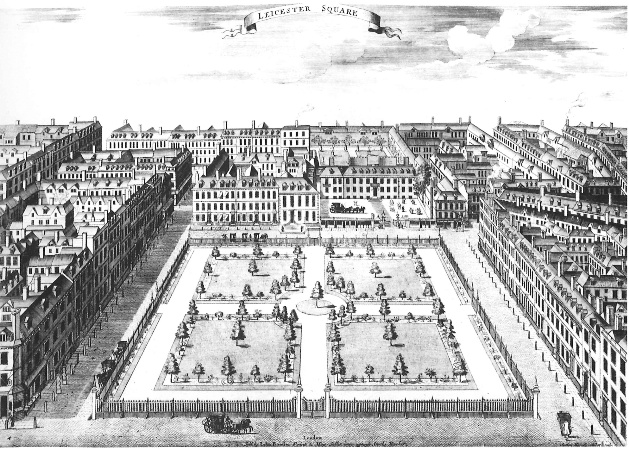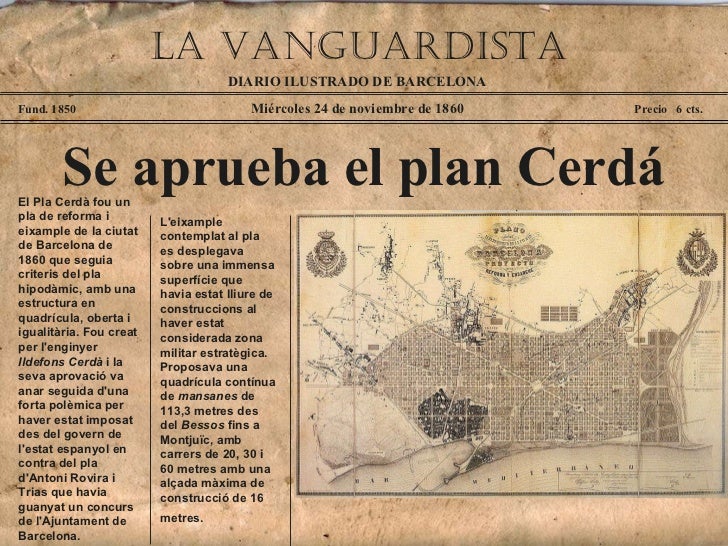 Traditional Chinese medicine
Traditional Chinese medicine (
TCM)
is a broad range of medicine practices sharing common concepts which
have been developed in China and are based on a tradition of more than
2,000 years, including various forms of
herbal medicine,
acupuncture,
massage (Tui na),
exercise (qigong), and dietary therapy.
It is primarily used as a complementary
alternative medicine approach.
TCM is widely used in China and it is also used in the West.
TCM "holds that the body's
vital energy (
chi or
qi) circulates through channels, called
meridians, that have branches connected to bodily organs and functions."
Concepts of the body and of disease used in TCM reflect its origins in pre-scientific culture, similar to European
humoral theory.
Scientific investigation has found no
histological or
physiological evidence for traditional Chinese concepts such as
qi, meridians, and acupuncture points.
The TCM theory and practice are not based upon
scientific knowledge, and its own practitioners disagree widely on what diagnosis and treatments should be used for any given patient.
The effectiveness of Chinese herbal medicine remains poorly researched and documented.
There are concerns over a number of potentially toxic plants, animal parts, and mineral Chinese medicinals.
A review of
cost-effectiveness research for TCM found that studies had low
levels of evidence, but so far have not shown benefit outcomes.
Pharmaceutical research has explored the potential for creating new
drugs from traditional remedies, with few successful results.
A
Nature editorial described TCM as "fraught with
pseudoscience",
and said that the most obvious reason why it hasn't delivered many
cures is that the majority of its treatments have no logical
mechanism of action.
[10]
Proponents propose that research has so far missed key features of the
art of TCM, such as unknown interactions between various ingredients and
complex interactive biological systems.
The doctrines of Chinese medicine are rooted in books such as the
Yellow Emperor's Inner Canon and the
Treatise on Cold Damage, as well as in cosmological notions such as
yin-yang and the
five phases.
Starting in the 1950s, these precepts were standardized in the People's
Republic of China, including attempts to integrate them with modern
notions of
anatomy and
pathology. In the 1950s, the Chinese government promoted a systematized form of TCM.
TCM's view of the body places little emphasis on anatomical
structures, but is mainly concerned with the identification of
functional entities (which regulate digestion, breathing, aging etc.).
While health is perceived as harmonious interaction of these entities
and the outside world, disease is interpreted as a disharmony in
interaction. TCM diagnosis aims to trace symptoms to
patterns
of an underlying disharmony, by measuring the pulse, inspecting the
tongue, skin, and eyes, and looking at the eating and sleeping habits of
the person as well as many other things.
https://en.wikipedia.org/wiki/Traditional_Chinese_medicine
http://www.tcmpage.com/
